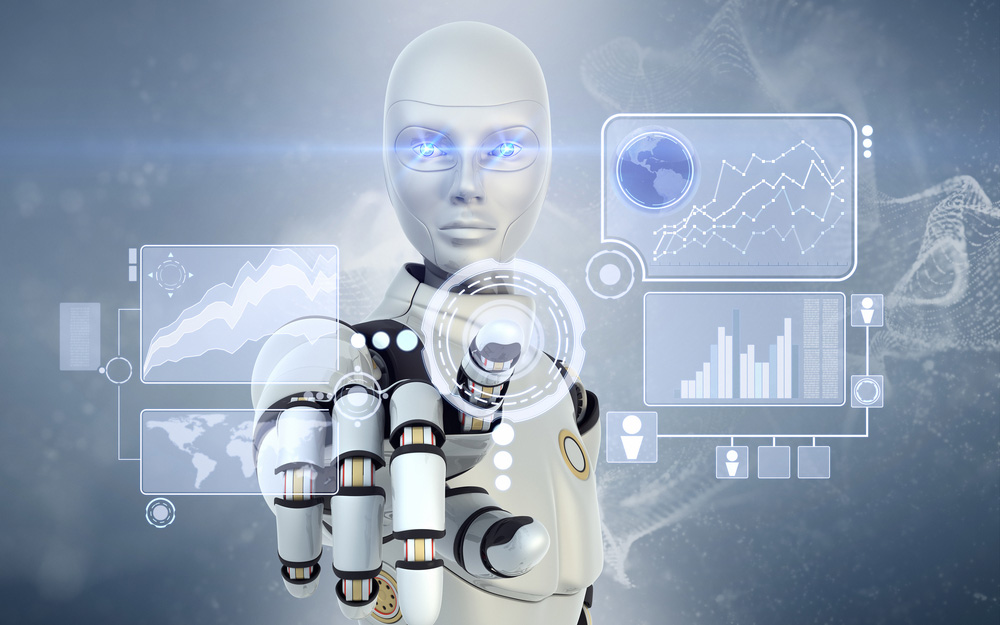
Oct
The Essential Guide to Artificial Intelligence!
Artificial intelligence (AI) is an innovative extension of computer science that emphasizes in the creation of intelligent machines that work, perform and respond like humans.AI is an interdisciplinary science with multiple approaches, but advancements in machine learning and deep learning are creating a paradigm shift in virtually every sector of the technology industry.
Techopedia explains AI as,
“Artificial intelligence is a set of algorithms and intelligence to try to mimic human intelligence. Machine learning is one of them, and deep learning is one of those machine learning techniques.”
AI can be classified as either weak or strong,
Weak AI’s system is usually built and trained for a particular task. Virtual personal assistants, such as Google’s smart assistant, which functions on uniform codes and couldn’t think and act beyond the stored data. In general, weak AI is known as “Narrow AI”.
Strong AI also called as artificial general intelligence is an AI system with driving human cognitive abilities. When presented with an unfamiliar task, a strong AI system can find a solution without human interference.
Because of software, hardware and technical staff costs are unbelievable, which stops developers in strengthening the weak AI’s. AI as a service allows companies to experiment with AI for various business purposes and as a sample services.
Although AI comes with a wide range of functionalities for businesses, the use of artificial intelligence raises ethical questions. This is because deep algorithms, which underpin many of the most advanced AI tools, are only as smart as the data they are given in training. Because a human decides what data should be fed for training an AI program!
Understanding the Types of AI:
1.Reactive Machines AI:
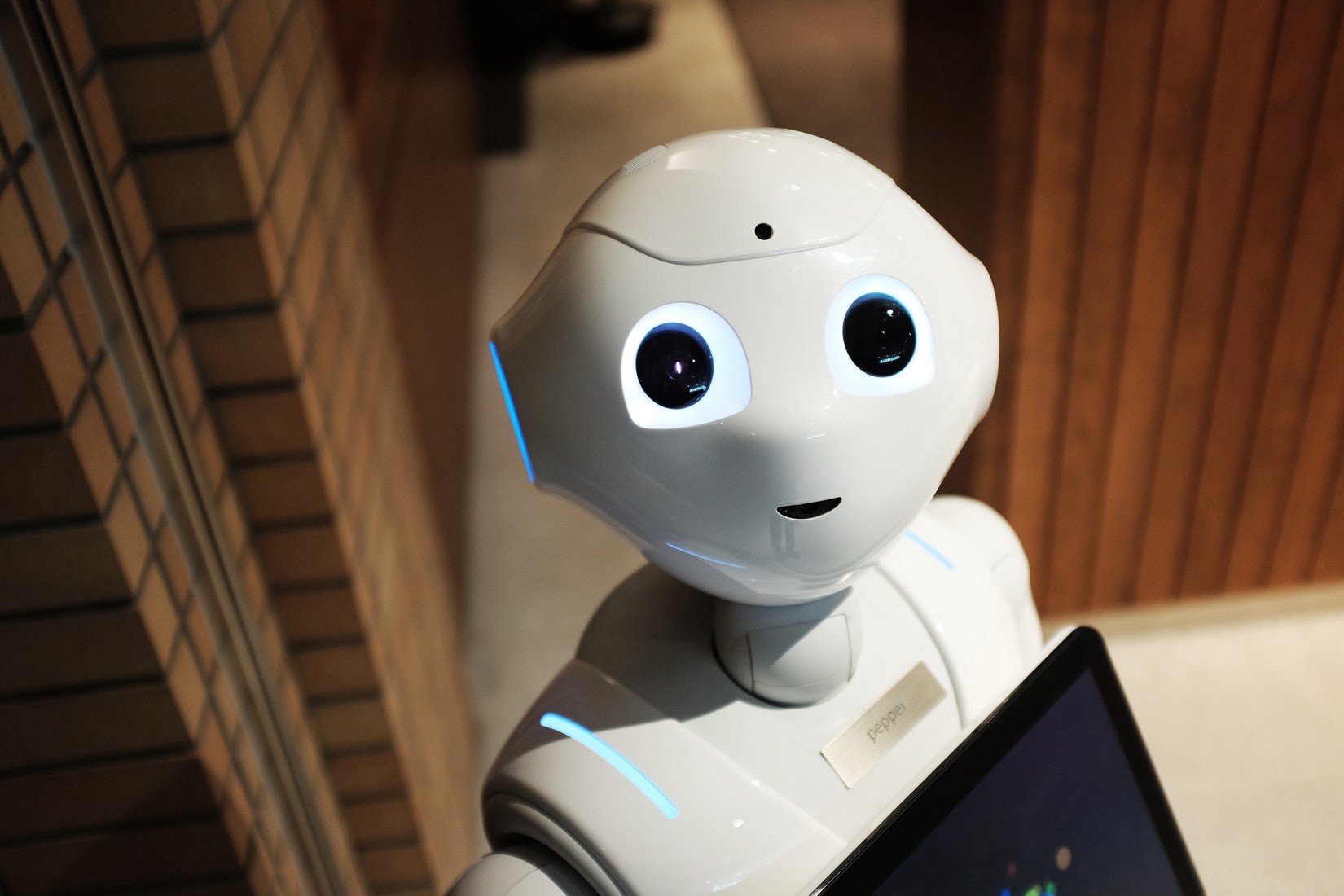
The oldest forms of AI systems that have limited capacity. They imitate the human mind’s competence to respond to different kinds of simulations. These machines do not have memory-based functionalities. This means such machines cannot use their previously gained experiences to coordinate their current actions, i.e., these machines cannot “learn.” These machines could only be used for automatically responding to a limited set of queries or combination of inputs. They cannot be used to rely on memory to enhance their operations based on the same.
2.Limited Memory Machines AI:
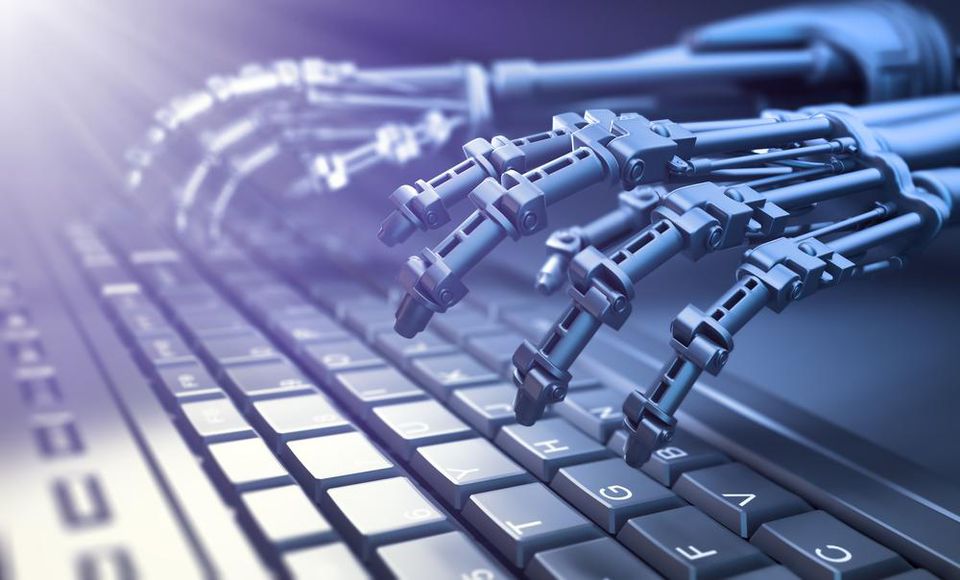
Limited memory machines area unit machines that, additionally to having the capabilities of strictly reactive machines, are capable of learning from historical knowledge to create selections. Closely all prevailing applications that we tend to use come back below this class of AI. All contemporary AI systems, like those exploitation deep learning, area unit trained by massive volumes of coaching knowledge that they store in their memory to create a reference model for resolution future issues. for instance, image recognition wherever AI is trained exploitation a lot of footage and styles, trademarks, stamps to show it to call objects it scans. once a picture is scanned by such associate AI, it uses the coaching pictures as references to grasp the contents of the image conferred thereto, and supported its “training experience” it labels new pictures with increasing accuracy.
Almost all contemporary AI applications, from chatbots and virtual assistants to self-driving vehicles area unit all driven by restricted memory AI.
3.Theory of Mind AI:
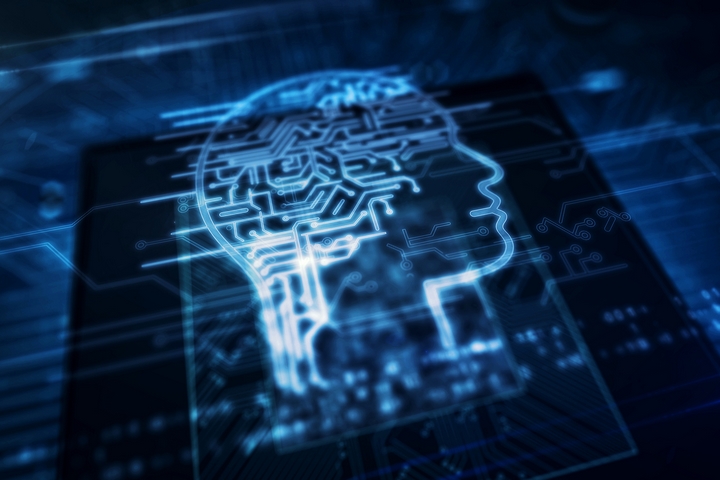
While the previous two kinds of AI are and are found in abundance, consequent two kinds of AI exist, for now, either as a plan or a piece current. Theory of mind AI is that the next level of AI systems that researchers are presently engaged in innovating. A theory of mind level AI can higher perceive the entities it’s interacting with by discerning their desires, emotions, beliefs, and thought processes. whereas artificial emotional intelligence is already a promising trade and a district of interest for leading AI researchers, achieving Theory of mind level of AI would require development in different branches of AI moreover. this can be as a result of to perceive human desires, AI machines can understand humans as people whose minds may be formed by multiple factors, basically “understanding” humans.
While the previous two kinds of AI are and are found in abundance, consequent two kinds of AI exist, for now, either as a plan or a yet to be launched.
4.The Self-Aware:
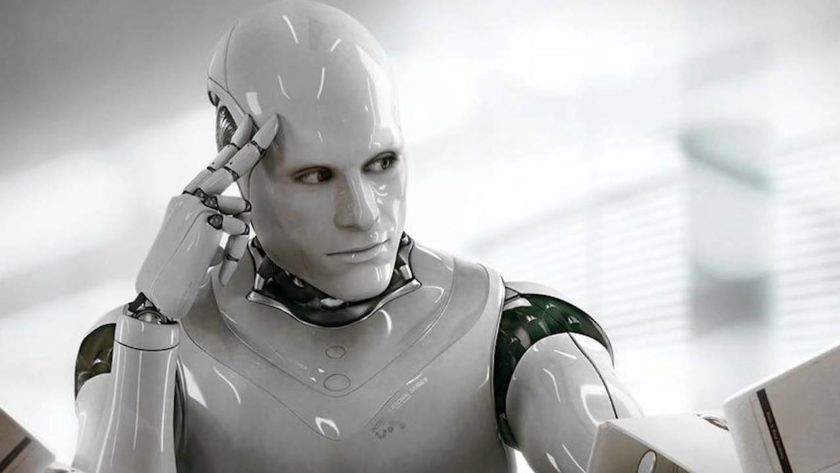
This is the ultimate stage of AI development that presently exists solely hypothetically. self-conscious AI, which, self explanatorily, is associate AI that has evolved to thus adore the human brain that it’s developed cognizance. making this kind of Ai, that is decades, if not centuries off from materializing, is and can continually be the last word objective of all AI analysis. this kind of AI won’t solely be able to perceive and evoke emotions in those it interacts with, however even have emotions, needs, beliefs, and probably wishes of its own. And this is often the kind of AI that doomsayers of the technology area unit cautious of. though the event of self-conscious will probably boost our progress as a civilization by leaps and bounds, it can even probably result in catastrophe. this is often as a result of once self-conscious, the AI would be capable of getting concepts like saving which can directly or indirectly spell the tip for humanity, {as such|intrinsically|per se|in associated of itself} an entity may simply outsmart the intellect of any soul and plot elaborate schemes to require over humanity.
5. Artificial Narrow Intelligence (ANI):
This type of artificial intelligence represents all the predominant AI, including even the most capable and complicated AI that has ever been developed to date. Artificial Narrow Intelligence refers to AI systems that can only perform defined tasks independently using fueled human-like capabilities. These machines can do nothing more than what they are programmed to do, and thus have a very limited or narrow range of competencies. Even the most complex AI that uses machine learning and deep learning to train itself which falls under ANI.
6.Artificial General Intelligence (AGI):
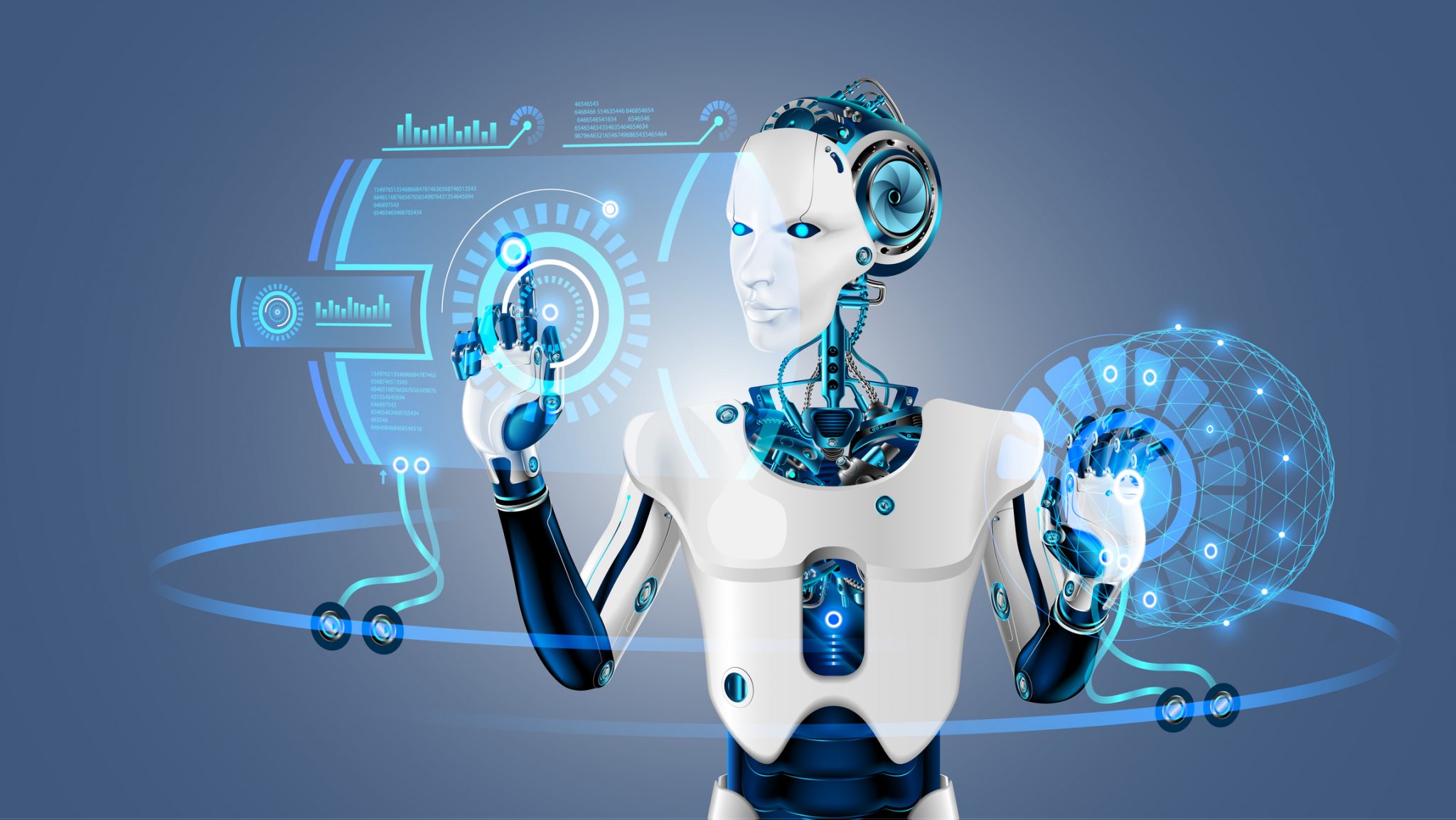
Artificial General Intelligence is the ability of an AI agent to learn, perceive, understand, and function completely like a human being. These systems will be able to independently build multiple competencies and form connections and generalizations across domains, massively cutting down on the time needed for training. This functionality makes AI systems just as efficient as humans by duplicating our multi-functional capabilities.
7. Artificial Superintelligence (ASI):
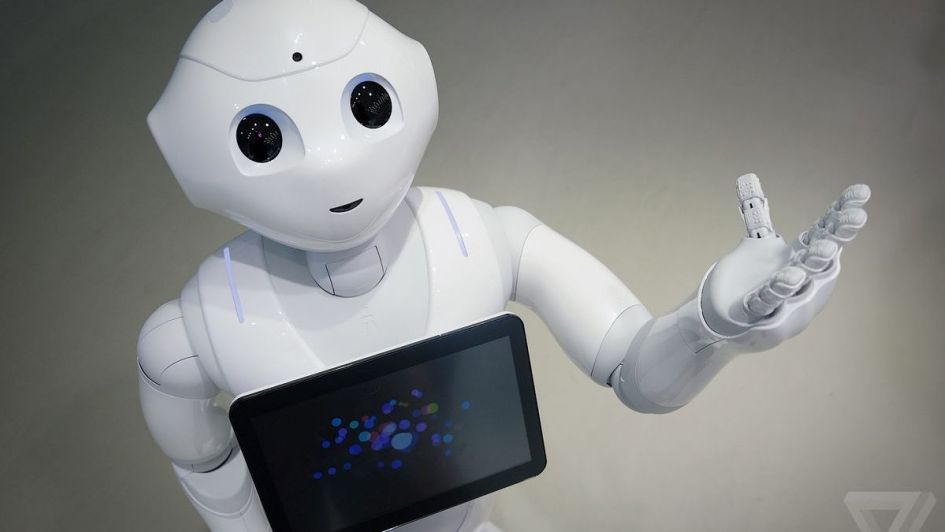
The development of Artificial Super Intelligence will probably mark the pinnacle of AI research, as AGI will become by far the most capable forms of intelligence on earth. ASI, in addition to replicating the multi-faceted intelligence of human beings, will be exceedingly better at everything they do because of overwhelmingly greater memory, faster data processing and analysis, and decision-making capabilities. The development of AGI and ASI will lead to a plot most popularly referred to as the singularity. And while the potential of having such powerful machines at our disposal seems appealing, these machines may also threaten our existence or at the very least, our way of life.
At this point, it is hard to picture the state of our world when more advanced types of AI come into being. However, it is clear that there is a long way to get there as the current state of AI development compared to where it is projected to go is still in its rudimentary stage. For those holding a negative outlook for the future of AI, this means that now is a little too soon to be worrying about the singularity, and there’s still time to ensure AI safety.
Applications of Artificial Intelligence:
1.Artificial Intelligence in Healthcare:
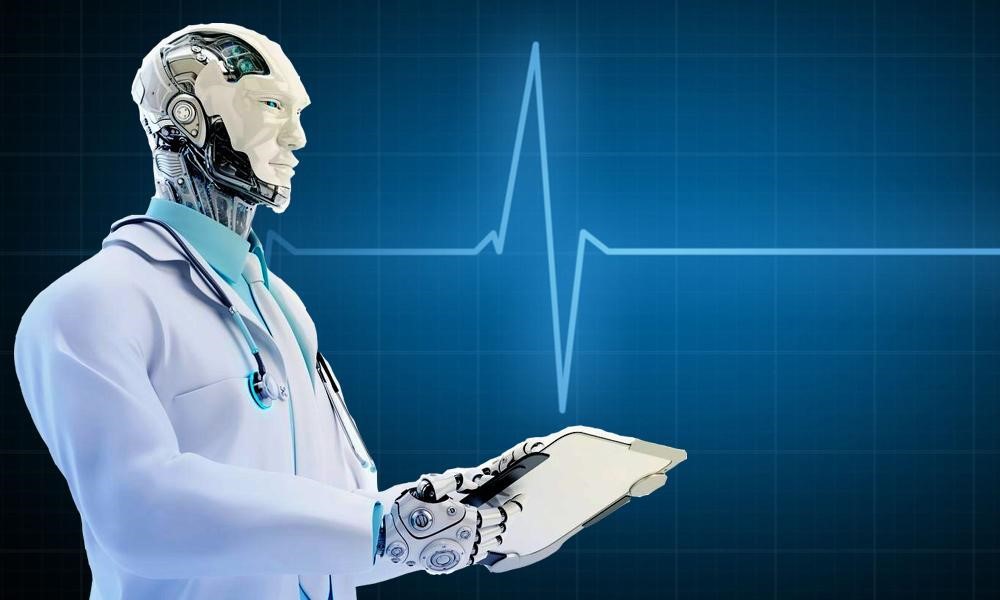
Hospitals and physicians are applying machine learning to provide enhanced and quick diagnoses. One of the best-known technologies prevailing in the market is IBM’s Watson. It understands natural language and can respond to queries raised at an instance phase. The system stores patient data and other needed data resources to form a hypothesis, which it then presents with a confidence scoring schema. AI is a study seen as “Emulation of human intelligence into computer systems. It could assist both, the doctor and the patients in the following ways:
By providing a laboratory for the examination, representation and cataloging required medical information.
By devising a narrative tool to analyze, research and take decisions.
By offering an expertise discipline for the upcoming medical communities.
2.Artificial Intelligence in Business:
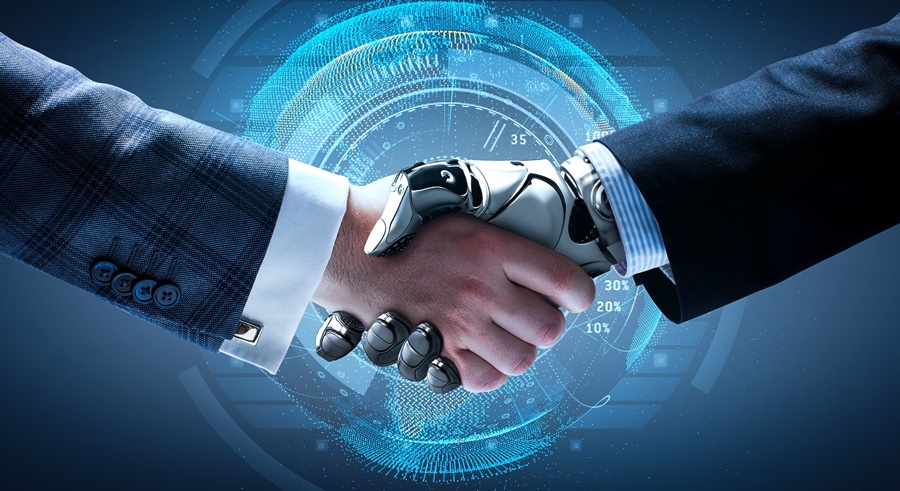
Robotic automation is being widely used across the globe to carry over highly repetitive tasks that are normally assigned to humans. Machine learning algorithms are being integrated into analytics and CRM (Customer relationship management) platforms to uncover information on how to better serve customers. Chatbots have already been incorporated into websites and e companies to provide immediate service to customers.
3.AI in Education:
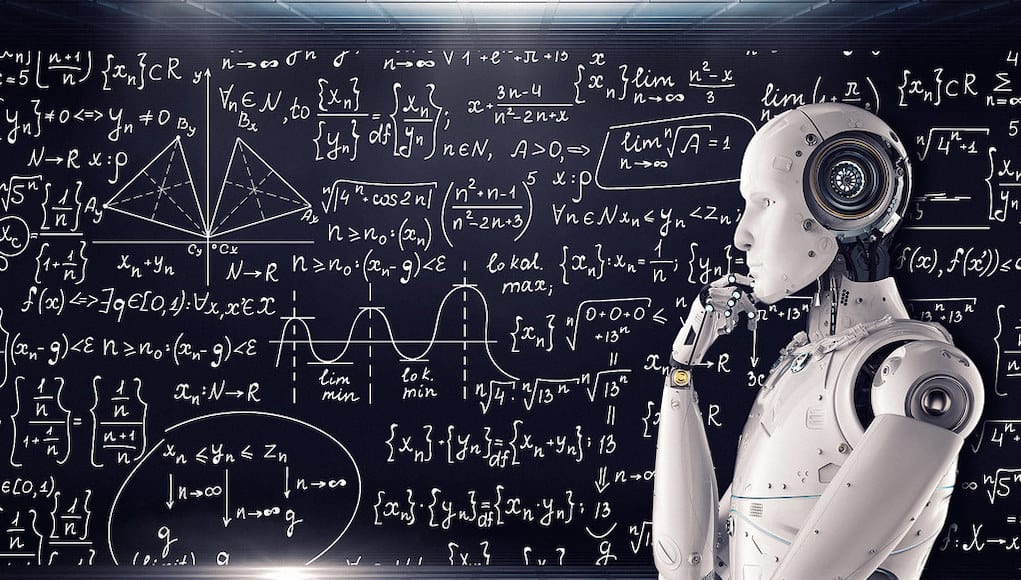
AI can automate administrative duties for the academic institutions and faculty members. Educationists spend a lot of time on assessing tests, homework and offering valuable acknowledgments to their students. AI and education go hand in hand and the new techniques could be all that is required to ensure that all students attain their ultimate academic success.
4.AI in Autonomous Vehicles:
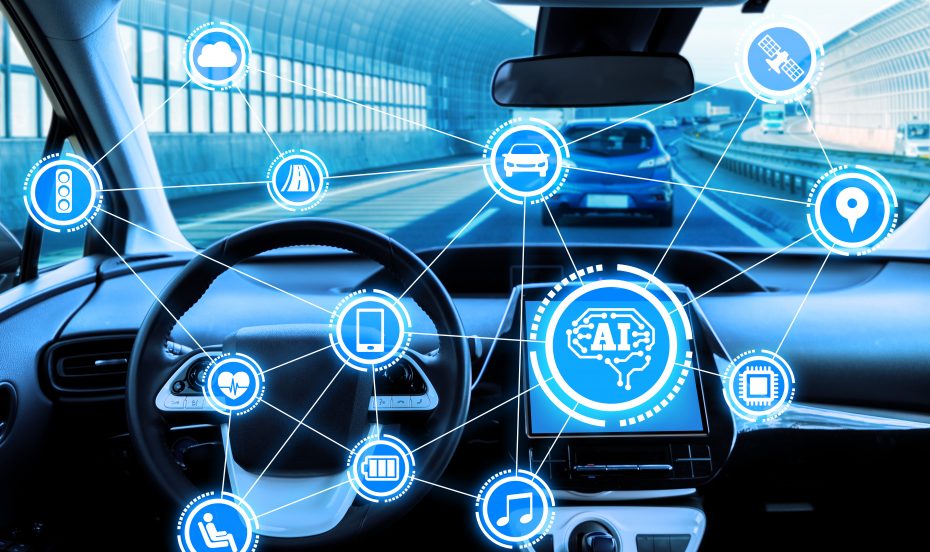
Just like humans, self-driving two-wheelers & vehicles need access to the sensors to understand the world around them and a duplicate brain to collect, store process and decide specific actions based on information gathered from various resources. Autonomous vehicles are built with advanced tools to gather information, including long-range radar, cameras, and LIDAR. Each of the technologies are used in different capacities and each collects different information. This information is pointless unless it is processed and a part of the information is retrieved from the stored information. This is where artificial intelligence comes on limelight and can be compared to the human brain. AI has come up with applications for vehicles and among them, the most prominent ones are as follows:
Directing the car to the gas station or recharge station when it is running low on fuel.
Adjusting the directions based on the fed traffic conditions & decide the quickest route to drive.
Incorporates speech recognition for advanced communication with passengers.
5.AI for Robotics:
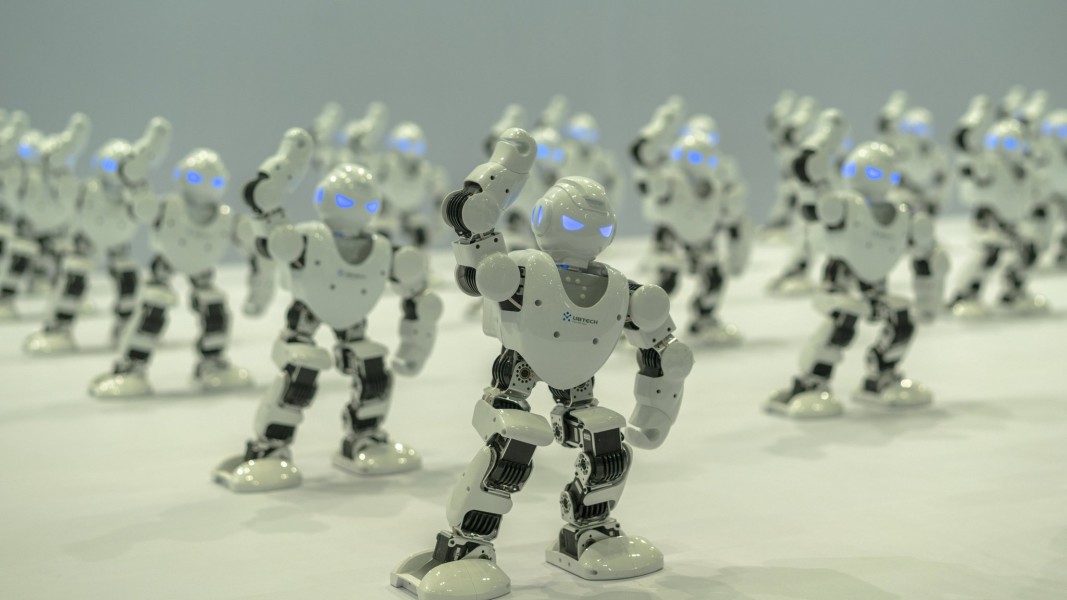
It will allow us to address the challenges in taking care of an aging population and allow much longer independence. It will drastically scale down road accidents and deaths, as well as enable disaster alerts for threatening situations like natural calamities, for example, the nuclear rage at the Fukushima power plant.
Surprising Facts on Artificial Intelligence!
1. Most AI is female!
One thing we all have to recollect when it comes to AI that you possibly converse like Siri, Google voice search and Cortana, that the default voice is female.
2.Nautilus: The Foreteller!
Nautilus is a supercomputer that is competent to make predictions based on the articles(news) that are fed to it. It was able to track the location of one of the biggest terrorists of all time, Osama Bin Laden within 200km.
3.A Fierce Board Game Player!
Yes, IBM’s chess-playing AI-based computer, Deep Blue made headlines when it defeated the presiding world champion, Garry Kasparov in the year 1997. In another instance, two artificial intelligence (AI) programs have finally proved that they can beat human professional card players.
4.Robo Journalism!
Robo journalism is budding in print space and you may get surprised to know a robot in California, wrote an article on the Earthquake for the Los Angeles Times.

5.Your companion in online shopping!
This is one of the most amazing facts that most of the products we see online are suggested by AI robots. Amazon’s CEO Jeff Bezos has said that the platform uses AI-enabled robots to suggest products to users in accordance with their taste & preferences.
6.AI can heal itself!
Yes, you read it right! The self-healing soft AI-based robots are said to be one of the most significant engineering breakthroughs to date. A team of researchers at VUB (Vrije Universiteit Brussel) built robots consisting of flexible material which enables them to heal themselves.
7.AI a brilliant Customer Service officer!
The future of artificial intelligence is bright! At present, about 85% of customer interaction is handled by AI-assisted bots and it is believed to end the demand of human customer service professionals by the end of this decade.
To close!
Artificial intelligence (AI) is rapidly advancing technology, an incredible achievement by science & technology, in no time sooner they may make significant impacts on every day’s lives.AI traditionally refers to an artificial creation of human-like intelligence that can learn, reason, plan, perceive, or process natural language.
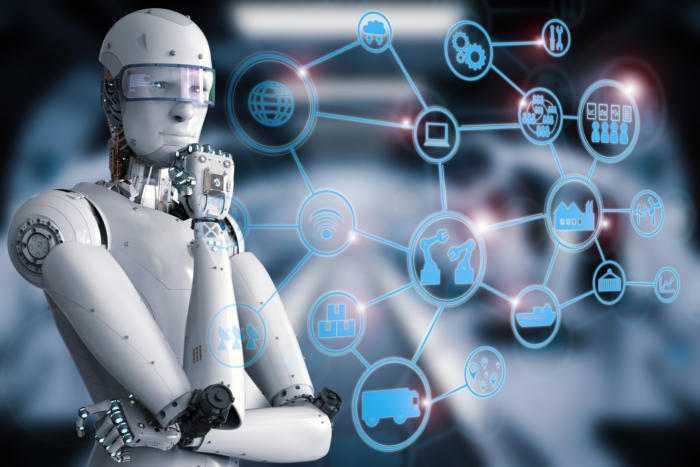
Artificial Intelligence our future’s best friend to hang out with!
For more freshly brewed contents, stay tuned to www.sumanastech.com/blog.


